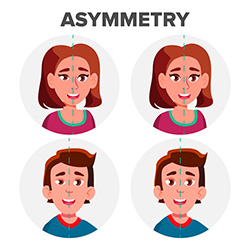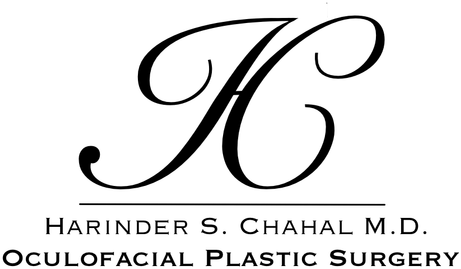
23 Oct Droopy Eyelid Ptosis
Droopiness of the eyelid, known as eyelid ptosis, is a relatively common condition that can affect one or both upper eyelids. The degree of droop can range from mild cosmetic asymmetry to severe droopiness causing visual impairment. In severe cases patients may use their fingers at times to keep their eyes open.
Droopy eyelids can occur from many causes that affect the two muscles responsible for raising the upper eyelid. Patients born with a droopy eyelid are said to have congenital ptosis. This happens because their eyelid muscles are not fully developed. Other common etiologies include traumatic injury, years of contact lens wear, eye surgery, cosmetic injections (Botox and others), or other causes affecting the eyelid muscles. The most common etiology of eyelid ptosis, however, is age-related laxity of the eyelid muscles. Rarely, neurologic injury or diseases such as myasthenia gravis (and others) may also result in eyelid ptosis.
Treatment:


In very mild cases, ptosis may be safely observed or temporarily treated by using topical eye drops that stimulate contraction of the eyelid muscles. These drops are associated with eye toxicity, however, and are not viable long-term options. When eyelid ptosis results in visual impairment, and/or cosmetic enhancement is desired, surgical repair is typically recommended. It is particularly important that eyelid ptosis in children be followed closely by a pediatric ophthalmologist as severe cases may result in permanent vision loss.
In cases where the eyelid muscles are still functioning, surgical repair can usually be attempted from an external or internal approach. These approaches target different muscles and have unique advantages and disadvantages. The external approach involves making an incision through the eyelid skin to tighten the larger of the eyelid muscles. This allows for more significant lifting of the eyelid but may adversely affect eyelid shape and contour. The internal approach involves making an incision on the back side of the eyelid to tighten the smaller of the eyelid muscles, resulting in a less aggressive lift but preserving the natural eyelid shape and contour. The decision on which approach to use is aided by the use of special testing drops during your examination.
In cases where the eyelid muscles are poorly functioning, or not functioning at all, specialized procedures to connect the forehead muscles to the eyelid using a silicone sling may be required.
Risks and Complications
While generally quite safe, many variables may adversely affect the outcome of ptosis repair and your final eyelid height and curve/shape. Expecting perfect symmetry between both eyelids is generally not a realistic goal. Additional risks of ptosis repair include dry eye symptoms, infection, bleeding, scarring, and the need for further surgeries to achieve an optimal outcome. Major complications, while quite rare, could permanently damage the eye or result in vision loss. Dr. Chahal will help you determine what treatment strategy will be the most beneficial given your unique situation. While Dr. Chahal’s goal is always to help you achieve the best result possible, the successful outcome of any procedure cannot be promised or guaranteed.

